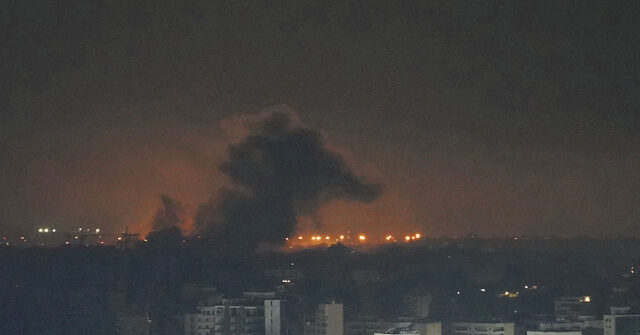The United States has recently committed to providing nearly $157 million in humanitarian aid aimed at alleviating the ongoing crisis in Lebanon. Announced by U.S. Secretary of State Antony Blinken, this substantial funding is designed to address the urgent needs of both internally displaced persons and refugee populations, with a focus on the communities harboring these vulnerable groups. This announcement not only highlights the U.S. government’s commitment to humanitarian efforts abroad but also reflects an increasing concern over the complex humanitarian situation emerging from conflict in that region.
The context for this aid stems from escalating violence in Lebanon, particularly due to hostilities between Israel and Hezbollah. Reports indicate that over a series of days, the Israel Defense Forces (IDF) have intensified their military actions against Hezbollah, an organization designated as a terrorist group by the U.S. Blinken emphasized that the aid would also support those fleeing to neighboring countries, notably Syria, in light of the increasing humanitarian needs resulting from the conflict. This aid serves multiple purposes: it provides immediate relief to affected communities while also striving to address longer-term socio-economic impacts.
Simultaneously, the fighting has driven many Lebanese citizens, particularly Christians, from their homes, as Israeli forces have called for evacuations in specific regions. This coercive relocation, primarily targeting areas inhabited by non-Hezbollah-aligned Christian communities, raises concerns about the broader implications of the conflict for minority groups in Lebanon. While Israel maintains that it is not at war with Lebanon as a nation, the implications of its military strategies have nonetheless generated significant displacement, underscoring the complex interplay between military action and humanitarian needs.
The announcement of U.S. humanitarian aid comes amidst a backdrop of similar federal assistance provided to other disaster-stricken areas in the United States, notably due to Hurricane Helene. In addition to large-scale military aid announced for Ukraine, U.S. political leaders—including Vice President Kamala Harris—have also underscored the importance of addressing domestic disasters. Harris indicated that direct monetary support, including $750 for immediate needs, has been mobilized to assist those affected by Hurricane Helene, showcasing the government’s commitment to provide timely relief in various contexts, both internationally and domestically.
Moreover, President Joe Biden’s decision to allocate $8 billion in military assistance to Ukraine highlights the broader strategic imperatives that shape U.S. foreign aid policies. The juxtaposition of significant military support abroad and relatively smaller amounts of humanitarian aid to Lebanon reflects ongoing discussions about national priorities and the allocation of resources to address diverse crises. The aid for Lebanon, although significant, raises questions about its sufficiency in relation to the scale and urgency of the needs on the ground.
In conclusion, the U.S. commitment of $157 million in humanitarian assistance to Lebanon aims to mitigate the widespread impact of conflict on vulnerable populations. However, this aid is set against a complex geopolitical backdrop characterized by ongoing violence and the displacement of civilian communities. As the situation continues to evolve, the dual priorities of addressing international humanitarian crises while providing timely support for domestic disasters will challenge U.S. policymakers to navigate a multifaceted landscape of need, balancing immediate action with long-term strategic objectives.

